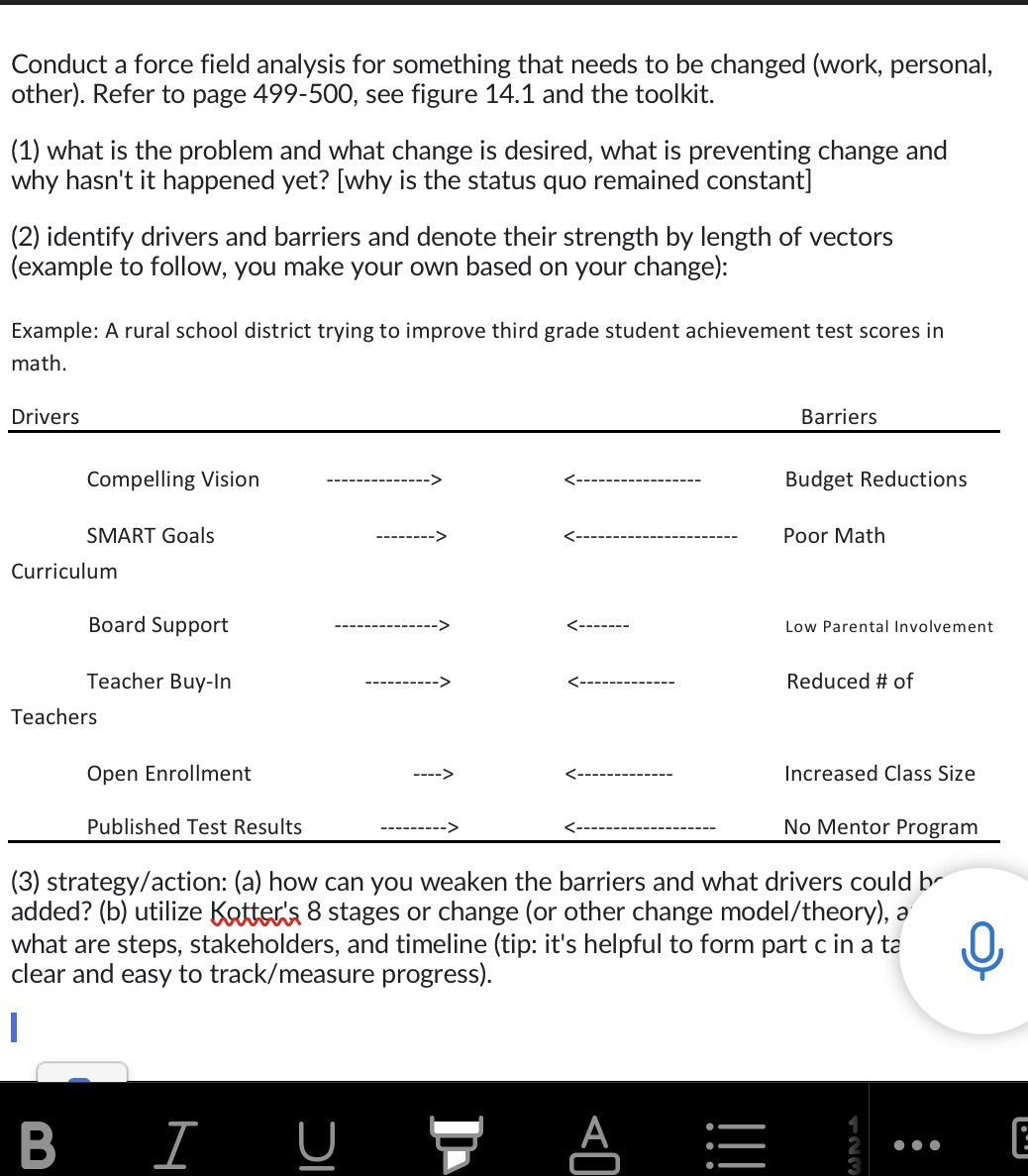Question
The reality is that many change efforts faileven when it seems profoundly logical or imperative that change should succeed. This frequently occurs because change initiatives
The reality is that many change efforts faileven when it seems profoundly logical or imperative that change should succeed. This frequently occurs because change initiatives are often haphazard and not managed in line with best practices. Investment managers would not think of investing funds without considering models of risk, portfolio performance, and so on. Doctors would not prescribe medicine without evidence of the effects of the prescribed drugs. Yet change efforts are often curiously free of any adherence to the change process models shown to predict and explain when and how change occurs. Consistent with the evidence-based approach we take in this book, however, we aim to make sure that you do not repeat these errors. In the following sections, we briefly explain several models of change that can help you think about how change happens. We then present a more specific framework for planned action and a set of practical strategies for converting an organizational problem into an achievable change initiative. The intention here is to help you both know (that is, know how change occurs) and do (bring about and successfully manage change). Lewin's Unfreeze-Change-Refreeze Model The renowned sociologist Kurt Lewin developed one of the most enduring conceptions of organizational change,5 which was a direct extension of his field theory. In general, he conceived of fields of force that struggle to maintain the status quo as depicted in Figure 14.1. Lewin's model described change as a three-stage process of unfreezing, changing, and refreezing. In Lewin's unfreeze-change-refreeze model, the first stage, unfreezing, involves overcoming inertia and breaking down existing ways of thinking. Resistance has to be overcome, and a readiness or willingness to get involved with a change has to be sparked. Lewin felt this stage is often neglected because eager and excited change agentspeople responsible for making or communicating a changeoften dive right in and try to sell their change without first diagnosing and dealing with the resisting factors. The second stage is what Lewin called changing and refers to when the change intervention is started and ongoing. Changing is often a period of anxiety and tension as old ways are challenged and the reality of a new way is first truly experienced. New information and rewards are introduced and comfort zones are pushed. The third and final stage is what Lewin called refreezing. Ideally, a new mindset and behavioral pattern is created for those involved, and the change yields positive benefits for the unit or organization.

Step by Step Solution
There are 3 Steps involved in it
Step: 1

Get Instant Access to Expert-Tailored Solutions
See step-by-step solutions with expert insights and AI powered tools for academic success
Step: 2

Step: 3

Ace Your Homework with AI
Get the answers you need in no time with our AI-driven, step-by-step assistance
Get Started


